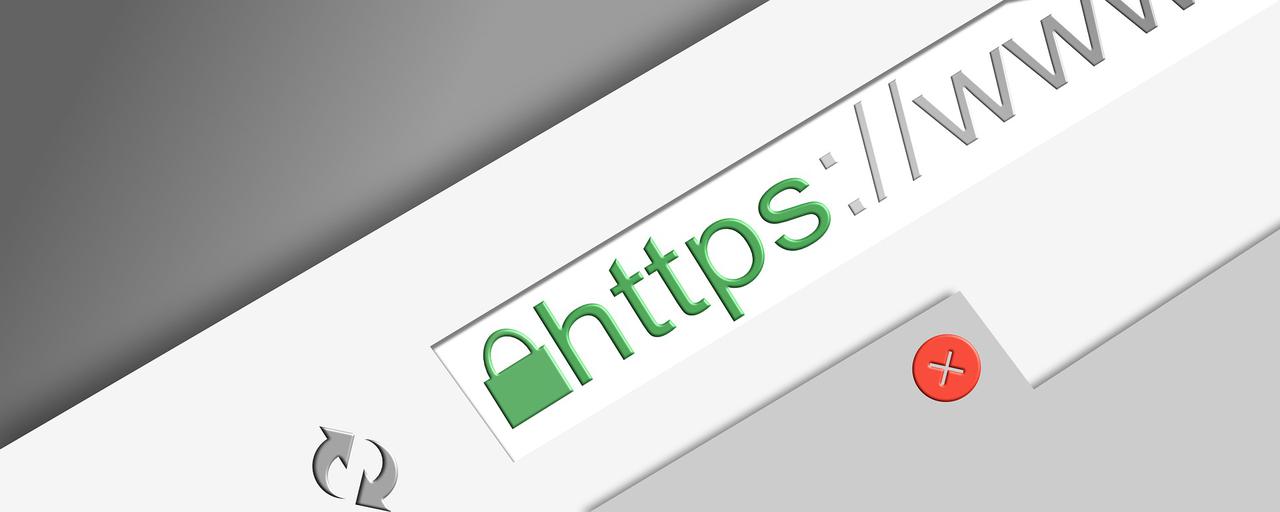
As a website owner or administrator, you are responsible for ensuring the safety of your online visitors. An unsafe website can steal confidential information, spread malware, send spam, and more. The consequences of owning such a website are dire and often long-lasting. Once word gets out that a website is unsafe, nobody wants to interact with it again. Even if the security issue has been fixed, it would take a long time to regain the trust of your online visitors.
Website security is a continuous endeavor. The first step begins with you knowing how to tell if your website isn’t secure. The earlier you spot vulnerabilities, the quicker you can get back control of your site. Here’s how you can go about it.

Source: pixabay.com
This means that the website is using encryption processes to transfer data and protect visitor information. If you don’t see the ‘HTTPS’ in the address bar, double-click the address bar or click on the padlock symbol to confirm the validity of the SSL certificate that’s providing the security.
Website security has become such an important consideration that it was officially declared an SEO ranking factor in 2014.
The theme is the framework for the website’s design and functionality. Like practically everything that forms a website, the theme is made with code, which can become obsolete over time. Obsolete code can make the website vulnerable. Check your website theme and make sure it is the latest version and that the codes are up to date.
Modern themes also offer improved security features. That’s why it’s never a good idea to use a pirated theme. You’ll always wonder if it has been compromised in some way.
An example of a good security tool is Google’s Safe Browsing Transparency Report. Simply paste your website’s URL into the search box and it will tell you if your website contains any unsafe content.
If you have an antivirus installed on your computer, you can also use it to scan your website and detect potential threats or vulnerabilities.
Sometimes a website could have an SSL certificate, trust badge, transparent privacy policy — and still be infected by malware. Here are some warning signs to look out for:
The risk assessment cybersecurity team at The Baran Agency can analyze your website and ensure that its security is up to par with existing standards. We specialize in the deployment of proactive cyber security solutions, cyber security auditing, and rapid data breach response. Our team can also help with regulatory compliance, including GDPR, CCPA, and PCI Data Security.
Get in touch with us today by calling 833-682-2726. You can also reach out by scheduling a free consultation with our cybersecurity experts. We would love to discuss your cybersecurity needs and provide the best possible solutions.